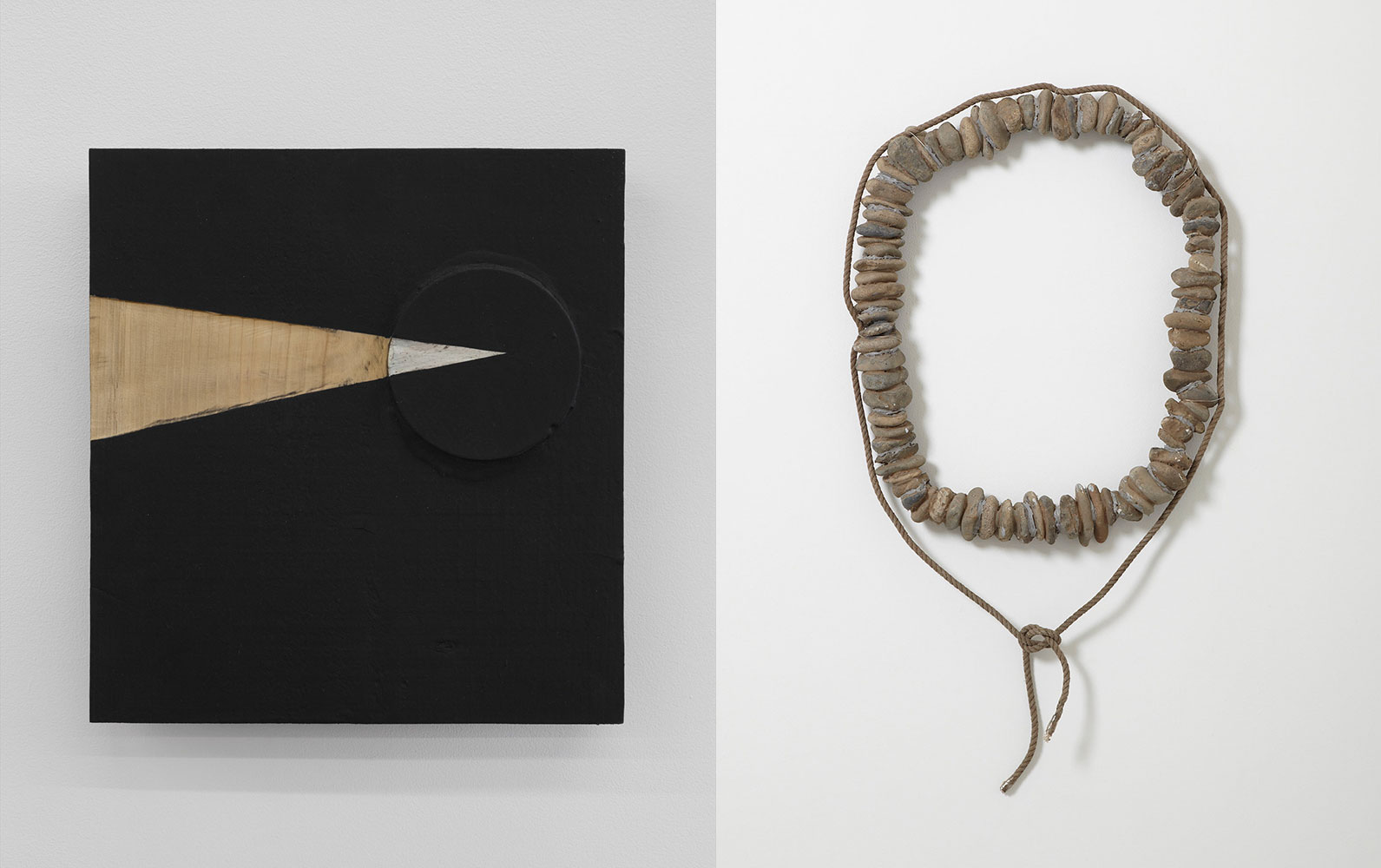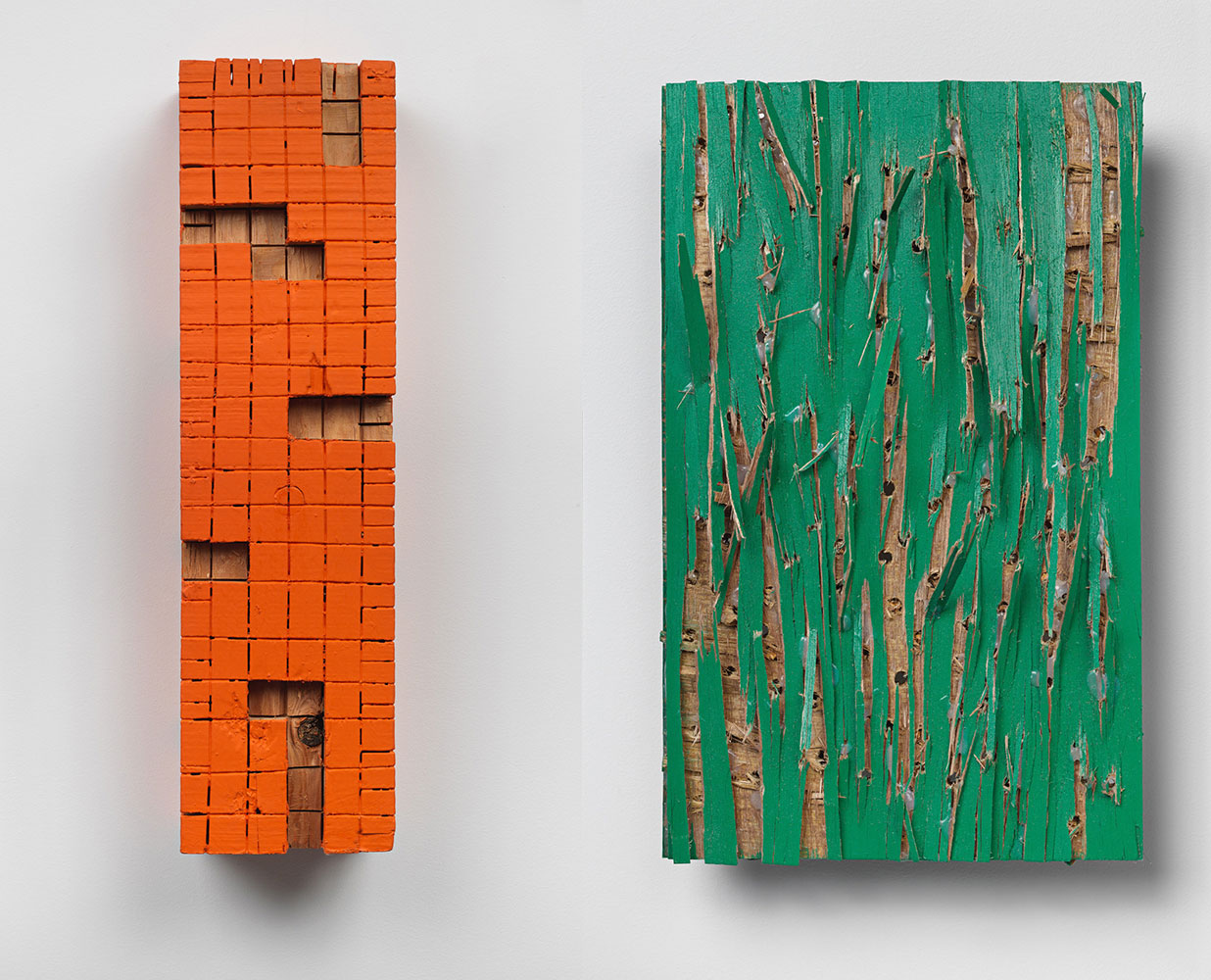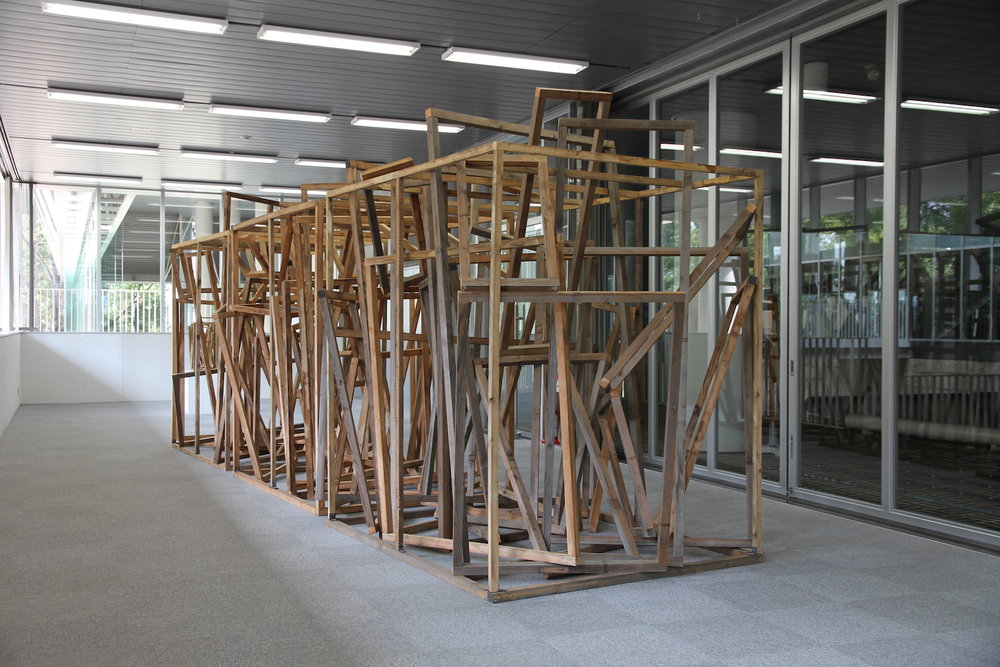PRESENTATION: Kishio Suga-The Existence of “Things” and the Eternity of “Site”
 Kishio Suga is known as an artist in the Mono-ha art movement that emerged in Japan from the late 1960s to the 1970s. Even after the Mono-ha movement came to an end, he continued to produce works using a variety of techniques and has been a leading figure in Japanese contemporary art to this day. In recent years, Suga’s works earned recognition on a global scale.
Kishio Suga is known as an artist in the Mono-ha art movement that emerged in Japan from the late 1960s to the 1970s. Even after the Mono-ha movement came to an end, he continued to produce works using a variety of techniques and has been a leading figure in Japanese contemporary art to this day. In recent years, Suga’s works earned recognition on a global scale.
By Dimitris Lempesis
Photo: Iwate Museum of Art Archive
By placing and combining everyday materials such as stone, wood, and metal in a space while intervening with simple actions, such as aligning and bending, Kishio Suga’s works prompt us to consider the relationships among materials, the sites they occupy, and people. Doing away with preconceived notions and delving into the essence of “things” and “sites” based on his own singular philosophy, Suga has fundamentally reexamined the nature of conventional art. His approach to creating art has remained unchanged from the time of Mono-ha up until the present. The exhibition The Existence of “Things” and the Eternity of “Site” looks back at more than half a century of Suga’s artistic practice through a selection of some 120 works, including pieces shown in Iwate and a piece made especially for this exhibition, covering a wide range of media such as installation, relief, drawing, photography, and documentary film, divided into ten-year periods. Born in Morioka, Iwate Prefecture, in 1944, Kishio Suga attended Tokyo’s cutting-edge Tama Art University from 1964 to 1968. Soon after his graduation, he began making ephemeral arrangements of natural and manmade materials in outdoor locations around Tokyo, a practice he later termed “fieldwork.” He simultaneously translated this activity into indoor environments, and quickly gained recognition for unprecedented installations such as “Parallel Strata” (1969), a totemic enclosure made of paraffin wax, and “Soft Concrete” (1970), four vertical steel plates arranged into a square and shored up with a mound of oil-infused concrete. These works situated him as part of a short-lived movement that later came to be known as Mono-ha (“School of Things”), whose artists took natural and industrial materials and arranged them in mostly unaltered states. Suga articulates his approach to mono (“things/materials”) as an ongoing investigation of “situation” and the “activation of existence,” focusing as much on the interdependency of these various elements and the surrounding space as on the materials themselves. Suga has remade his installations on many occasions since the mid-1980s, when his work began to receive institutional recognition. Each time he adheres to the work’s core concept but adapts its scale and constituent parts to the characteristics of the new site. Suga’s diverse practice includes assemblages and works on paper, which serve as concise examinations of the reality of mono. Similarly, in his performances, which he refers to as “Activations,” the artist gradually builds up a framework of material and spatial relationships only then to deconstruct it. Suga is also a prolific writer who has published three novels, one screenplay, and more than 150 essays.
Photo: Kishio Suga, Fieldology, 1974/2015, Rope, Three parts; installed dimensions variable, 24 x 295 x 56 inches; 71 x 17 (diameter) inches; 14 x 17 (diameter) inches, © Kishio Suga, Courtesy the artist and Blum & Poe Gallery
Info: Iwate Museum of Art, 12-3, Matsuhaba, Motomiya, Morioka, Iwate, Japan, Duration: 18/12/2021-20/2/2022, Days & Hours: Tue-Sun 9:30-18:00, www.ima.or.jp



Right: Kishio Suga, Appearing in Circle, 1969, Stone, rope, 40 15/16 x 21 5/8 x 3 1/8 inches, © Kishio Suga, Courtesy the artist and Blum & Poe Gallery


Right: Kishio Suga, Origins of Scenery and Site, 2011, Wood, paint, 13 x 7 15/16 x 3 1/2 inches, © Kishio Suga, Courtesy the artist and Blum & Poe Gallery


Right: Kishio Suga, Untitled, 1975, Pastel and magic marker on paper, 23 3/8 x 16 1/2 inches, © Kishio Suga, Courtesy the artist and Blum & Poe Gallery




